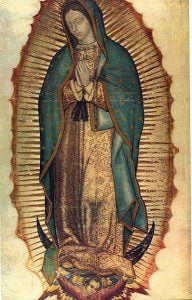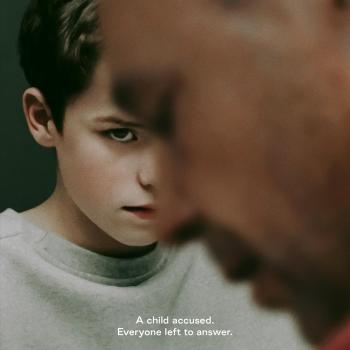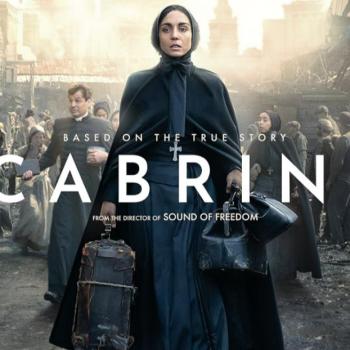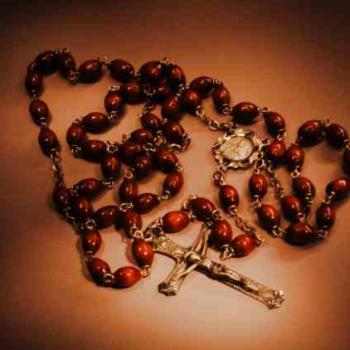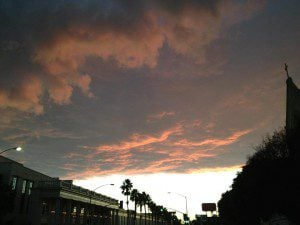
According to the Mayan Calendar the end of the world is to happen on December 21, 2012: 12/21/12.
But it did not happen on all the other dates that have foretold this terrible, cataclysmic event. It is already 12/12/12 and so far, so good. We’re still here.
Earlier this year I was invited to give a presentation at a local parish on “Apocalyptic Themes in Cinema”. I wondered why people are so fascinated by the end of the world and posed the question on Facebook. Angelene Shewfelt, an undergrad student in Religious Studies at UC Davis, posted this insightful comment that I like very much:
“The concept of apocalypse is dramatic eschatology for a clash of the physical mind process (time) versus metaphysical realm (eternity). Naturally we are all intrigued and utterly fascinated with such a mind-blowing topic.”
Eschatology is the science, the theology, of the things to come.
The end of the world in film, mostly inspired by Scripture until recently and reinforced by artists through the ages, is indeed a wild concept to imagine and to which the range of films, overwhelmingly American made, attest. If the early church was fascinated by apocalyptic themes in Scripture, well, so are American and British filmmakers and audiences. They are besotted with it, as are world audiences that may or may not have the fundamentalist evangelical end-of-times worldview understanding that can be traced to the emergence of the Plymouth Brethren movement in 1820 in England. Interestingly enough, the Brethren were started in Dublin but soon moved to Plymouth, UK. The films “Oscar and Lucinda” (1997; based on the novel by Peter Carey) and the coming of age story “Son of Rambow” (2007) depict characters that are Plymouth Brethren.
“Dispensationalism” is a theological system based on Plymouth Brethren founder’s John Nelson Darby’s (1800 – 1882) personal interpretation of scripture. When you read about people turning to scripture to create a time line for the end of the world, especially at millennial moments, their thinking stems from that of Darby. For a very small religious movement the influence of the Plymouth Brethren crosses borders and decades because they go where only Hollywood dares to tread with them: the imagination.
ApocalypticMovies.com is a most comprehensive database for all end-of-times movies and television shows about the end of the world. The titles are divided into decades beginning in 1950 and genres that include nuclear, plagues, humans, comets, zombies, nature, documentaries, aliens, as well as fantasy, comedy and animation. The “post-apocalyptic” category is interesting because these films witness to the fact that optimism prevails or better yet: everyone else may die but I will live to see another day.
The wildly successful “Left Behind” series of 16 novels, less successful three films, video games and graphic novels, are well known in U.S. culture. It would seem that Catholic and mainstream Protestant homilists don’t talk much about the end times, so the fear-based stories that fundamentalist authors Tim LaHaye and Jerry B. Jenkins have devised now fill the void of people’s religious imagination in the U.S. (according to sources their books have not done so well on the world scene.) If God is loving and merciful there is no evidence in these stories; God is the violent destroyer regardless of how a person has lived.
The concept of the “rapture” began with St. Paul’s words in 1 Thessalonians 4:17. The Catholic Church interprets this as speaking of the final resurrection but those who follow the “pre-tribulation” theology of Darby believe that large groups of people will be caught up to heaven and others left behind. This “rapture theology” is not a Catholic Christian belief and dispensationalism is more complex than this; millenarianism, the religious (or other) belief that major changes will occur every thousand years, is part of this belief system devised by Darby. Again, the millennial cycle is important to humans perhaps, but like time it is a human construct. There is no indication that God is terribly interested in time as we humans are. God has no need of time; all is present to God.
Then we come back to the Mayan Calendar and the end of the world. The belief that the world will end, or be transformed through a series of cataclysmic events based on astrological readings, on 12/21/12, is mostly a New Age interpretation. 12/21/12 is supposedly the date on which the Mesoamerican Long Count calendar comes to an end. The disaster film “2012” (2009) and Lars von Trier’s “Melancholia” (2011) were both influenced by the idea that the world would end on this day.
Perhaps the family film “The Rise of the Guardians” (2012) says it best (and I paraphrase): “Stop believing in fear!” Some years ago filmmaker Scott Derrikson asked horror film director Wes Craven “Why do people go to scary movies?” Craven responded: “Because they are already afraid.” Experiencing doom, disaster and horror through narrative film, with a beginning, middle and end, allows people to transcend their fear and to some extent, resolve it.
Craven’s statement, however true on a human level, doesn’t address the image of God in these films or the theology that underpins the narratives.
When you think about it we have more to fear from the acceleration of irresponsible human actions such as nuclear war and nuclear weapons laying around, the gross misuse of the environment causing climate change, greed, the manipulation of food and seeds. You name it. We go to see movies to see what “God” will supposedly do when we have only to notice what is going on around us and “the change we can be” in this world. Going to movies, though, is a way to engage the moral imagination and figure out what life and events mean and our response.
To read what the Catholic Church teaches about the end times, click here.
“Do not fear” the angels told the shepherds who were guarding their flock on that first Christmas night. How many times Jesus told the disciples, “Do not fear!”
To access the slide program I created for the workshop, click here: Apocalyptic Themes in Cinema
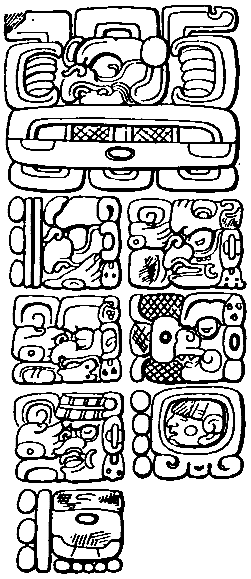
December 12 is the Feast of Our Lady of Guadalupe. She told St. Juan Diego, “Do not be afraid, for I am your mother.” Wikipedia’s entry is pretty good: Our Lady of Guadalupe . I tried the site of the Basilica in Mexico City but traffic is just too heavy right now. Mary appeared in December 9-12 1531, as a indigenous Mexican to an Aztec Indian and her image on the tilma has been called “The Woman of the Apocalypse” and she is pregnant. How fitting. She represents hope and life, the antithesis to fear, because she is the mother of Jesus, the Savior.


